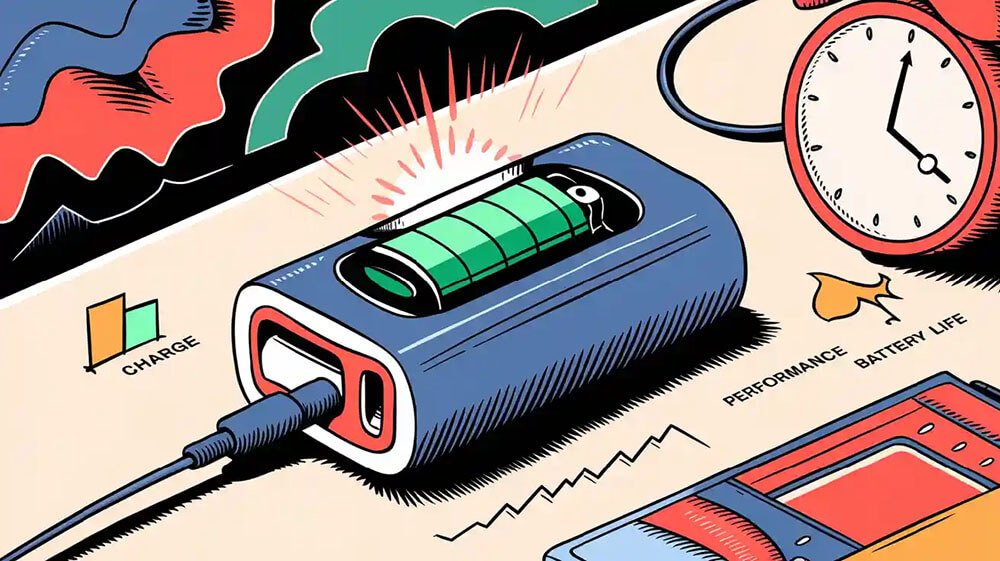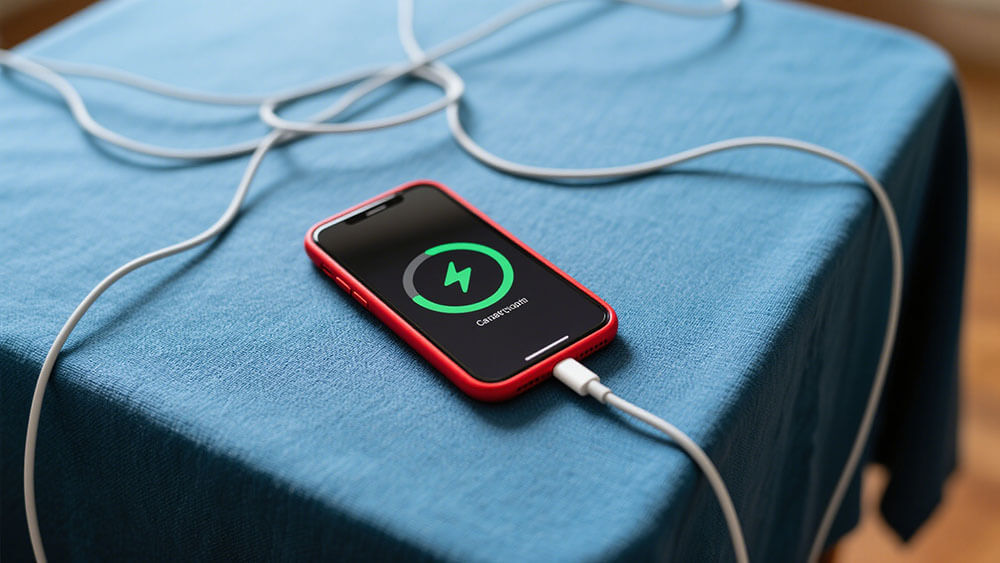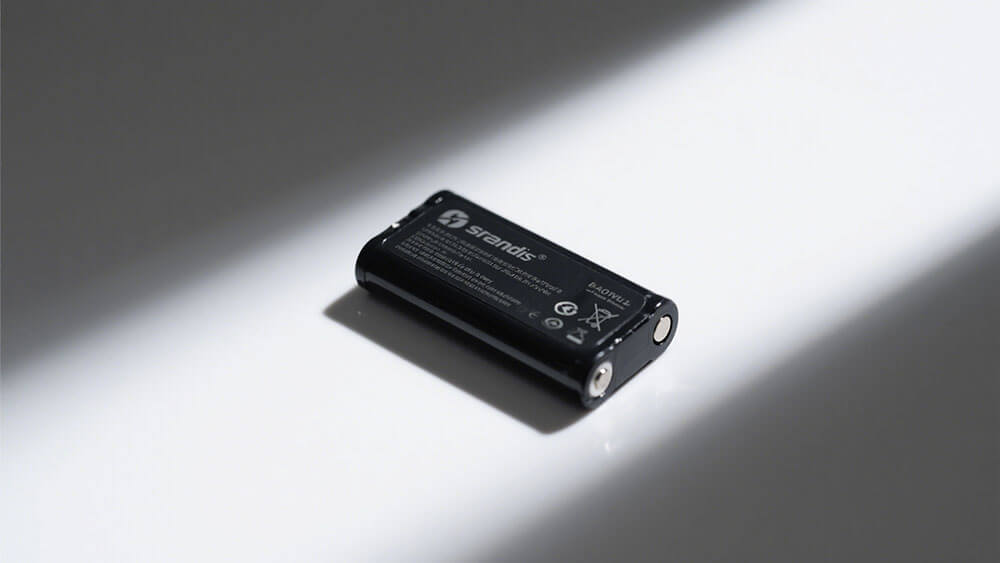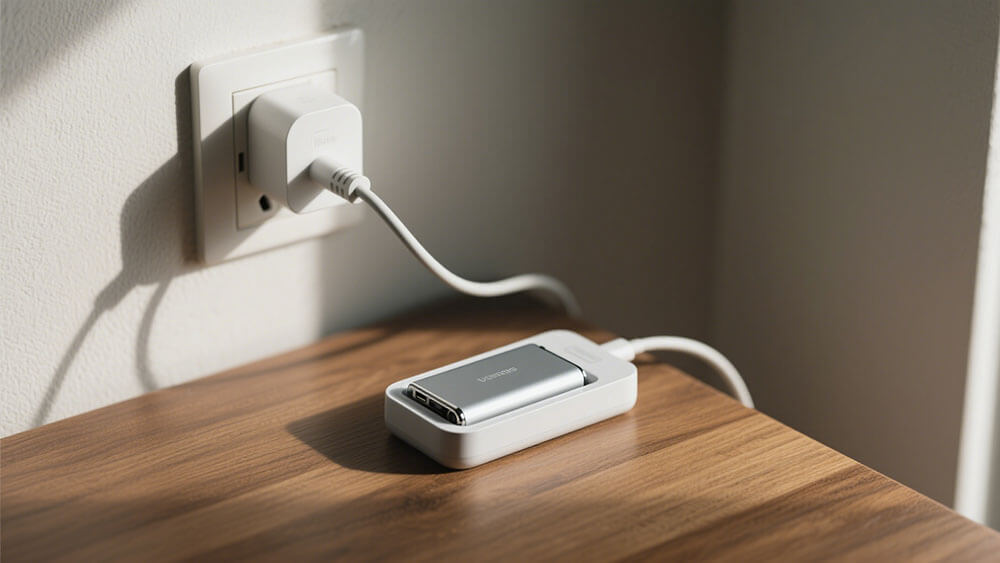Contents

Charging lithium-ion batteries to full capacity may seem practical, but it can have unintended consequences. The tolerance to full charge of lithium battery cells decreases over time, especially when charged to 100%. Research highlights that reducing the peak charge voltage extends battery lifespan. For example, lowering the voltage from 4.20V to 4.10V can double the cycle count, enhancing performance for industrial and consumer electronics applications.
Key Takeaways
Don’t charge lithium batteries to 100% all the time. Keeping the charge between 20% and 80% makes them last longer.
Use a Battery Management System (BMS) to check charge levels. It stops overcharging and spreads power evenly in the battery.
Buy good chargers with safety features. Safe chargers keep batteries healthy and stop them from getting too hot.

Part 1: Effects of Full Charging on Performance and Lifespan
1.1 Tolerance to Full Charge of Lithium Batteries
Lithium-ion batteries, unlike older lead-acid batteries, do not require a full charge to function effectively. In fact, charging to full capacity can place unnecessary stress on the battery, accelerating its degradation. Manufacturers often set lower charge thresholds to enhance battery longevity. For example:
Charging to a lower voltage threshold, such as 4.10V instead of 4.20V, can significantly extend the battery’s lifespan.
Some chargers apply a brief topping charge when the voltage drops to 4.05V, turning off at 4.20V to minimize stress.
Partial charging, particularly for LiFePO4 batteries, has been shown to improve overall life expectancy.
Charging lithium-ion batteries to their maximum voltage of 4.20V per cell, with a tolerance of ±50mV, is standard. However, exceeding this voltage can lead to oxidation, reducing the battery’s service life and posing safety risks. This is especially critical in industries like robotics, where battery reliability directly impacts operational efficiency.
1.2 Long-Term Impacts of Charging to 100%
Repeatedly charging lithium-ion batteries to 100% can have long-term consequences on their capacity and performance. Each full charge and discharge cycle causes slight physical and chemical changes within the battery, leading to gradual capacity loss. Over time, this degradation becomes more pronounced, especially in applications requiring frequent charging, such as medical devices or consumer electronics.
Research from the National Renewable Energy Laboratory (NREL) highlights that charging practices significantly influence battery lifespan. Their studies reveal that fast charging and full charging increase stress on the battery, accelerating degradation. Optimizing charging methods, such as maintaining charge levels between 20-80%, can mitigate these effects and extend the battery’s usable life.
Lithium-ion batteries typically have a finite number of cycles, ranging from 500 to 5,000, depending on the chemistry and usage conditions. For instance, LiFePO4 batteries offer superior cycle life (2,000-5,000 cycles) compared to NMC batteries (1,000-2,000 cycles). This makes them a preferred choice for industrial and infrastructure applications where durability is paramount.
1.3 Role of Battery Management Systems in Mitigating Risks
Battery Management Systems (BMS) play a crucial role in protecting lithium-ion batteries from the adverse effects of full charging. A well-designed BMS monitors key parameters such as voltage, temperature, and state of charge, ensuring the battery operates within safe limits.
For example, a BMS can:
Prevent overcharging by cutting off the power supply once the battery reaches its optimal charge level.
Balance individual cells within a battery pack to avoid uneven charging, which can lead to premature failure.
Regulate charging rates to minimize heat generation, a common cause of battery degradation.
In security systems, where uninterrupted power is critical, a robust BMS ensures reliable performance while extending battery lifespan. By leveraging advanced BMS technology, industries can optimize battery performance and reduce maintenance costs. This is particularly beneficial for applications like transportation and industrial automation, where downtime can result in significant financial losses.

Part 2: Best Practices for Optimizing Battery Lifespan
2.1 Maintaining Ideal Charge Levels
To prolong battery life, maintaining optimal charge levels is essential. Lithium-ion batteries perform best when their charge levels remain between 20% and 80%. This range minimizes stress on the battery’s internal components, reducing the risk of degradation over time. Following these guidelines can help you optimize battery longevity:
Recharge the battery before it drops below 20% to avoid deep discharge, which can affect battery lifespan.
Avoid charging to 100% unless absolutely necessary. Keeping the charge level within the 20%-80% range ensures better efficiency and health.
Use a Battery Management System (BMS) to monitor and balance charge levels, preventing overcharging and ensuring even distribution across cells.
Frequent fast charging can lead to potential damage. Research shows that fast charging may cause lithium plating on the anode, leading to dendrite formation. This not only reduces capacity but also increases the risk of short circuits.
For long-term storage, maintain a charge level of 40%-60%. This practice helps preserve cell voltages and reduces inefficiencies, especially for batteries used in medical devices or robotics applications. By adhering to these practices, you can significantly prolong battery life and reduce the frequency of charging cycles.
2.2 Managing Temperature During Charging
Temperature management plays a critical role in preventing overcharging and ensuring battery longevity. Excessive heat during charging can accelerate degradation and compromise safety. Studies have demonstrated the effectiveness of various thermal management techniques in controlling battery temperature:
Key Findings | Description |
|---|---|
PCM Utilization | Phase change materials (PCM) regulate battery temperature during charging. |
Impact of PCM Thickness | Thicker PCM layers extend temperature control time, though with limitations. |
Effect of EG Addition | Adding 6% expanded graphite (EG) to PCM improves thermal conductivity. |
Another study highlights the benefits of refrigerant-based direct cooling systems for fast-charging applications. These systems effectively manage heat generation, ensuring temperature uniformity and reducing the risk of overheating. For industries like infrastructure and consumer electronics, where reliability is paramount, implementing such systems can enhance battery performance and safety.
To manage heat effectively, avoid charging batteries in extreme temperatures. High heat can cause irreversible damage, while low temperatures may reduce charging efficiency. Always charge batteries in a controlled environment to maintain their longevity and prevent signs of an overcharged battery, such as swelling or leakage.
2.3 Using High-Quality Chargers and Systems
The quality of chargers and charging systems directly affects battery longevity. Low-quality chargers may lack the necessary safeguards to prevent overcharging, leading to overheating and stress on internal components. Investing in high-quality chargers ensures consistent performance and safety.
High-quality chargers often include features like:
Overcharge protection to cut off power when the battery reaches its optimal charge level.
Temperature sensors to monitor and regulate heat during charging.
Compatibility with Battery Management Systems for balanced and efficient charging cycles.
For industrial and security system applications, where uninterrupted power is critical, using reliable chargers can prevent downtime and reduce maintenance costs. Additionally, high-quality chargers help mitigate the risks associated with overcharging, ensuring that overcharging does not affect safety or compromise battery performance.
By combining these best practices—maintaining ideal charge levels, managing temperature, and using high-quality chargers—you can significantly enhance battery longevity. For customized battery solutions tailored to your specific needs, consult with experts at Large Power.

Part 3: Addressing Myths About Full Charging
3.1 Myth: Full Charging Always Damages Batteries
Many believe that fully charging lithium-ion batteries always leads to damage. However, this is not entirely accurate. Modern lithium-ion batteries are designed with advanced safety features to prevent overcharging. For instance, fuselike structures and redox shuttles ensure that batteries operate safely even when charged to full capacity. Additionally, the failure rate for these batteries is remarkably low—approximately one in 10 million battery cells. This demonstrates their reliability and resilience against potential damage.
That said, while full charging does not inherently harm batteries, it can accelerate battery degradation over time if done frequently. To maximize battery lifespan, you should avoid charging to 100% regularly. Instead, maintaining charge levels between 20% and 80% is optimal. This practice reduces stress on the battery and minimizes capacity loss, ensuring a longer expected lifespan.
3.2 Myth: Partial Charging is Inefficient
Some users assume that partial charging is less efficient than full charging. In reality, partial charging can be highly effective for lithium-ion batteries. Research shows that these batteries perform well under partial charge conditions without experiencing capacity loss. For example, lithium-ion batteries deactivate a higher percentage of lithium upfront (30%) compared to older methods (9%), which positively impacts their performance.
By adopting partial charging practices, you can enhance battery lifespan and reduce the risk of battery degradation.
3.3 Myth: Fast Charging is Always Harmful
Fast charging often gets a bad reputation for causing battery degradation. While it is true that fast charging generates heat, which can accelerate wear, advancements in charging technology have mitigated these risks. For example, fast chargers can now charge most electric vehicle (EV) batteries to 80% in under 60 minutes without compromising safety or performance. However, regular overnight charging at slower rates is still recommended to preserve battery health.
To further protect your battery, avoid fast charging in extreme temperatures. High heat can exacerbate degradation, while cold conditions may reduce charging efficiency. By managing charging conditions and using high-quality chargers, you can minimize the impact of fast charging on battery lifespan.
Taking proper care of lithium-ion batteries can significantly enhance their lifespan and performance. Avoid frequent full charges and maintain charge levels between 20% and 80%. This practice reduces stress on the battery and prevents unnecessary degradation. Use reliable chargers and ensure your battery management system operates effectively. These systems actively balance charge levels across cells, improving efficiency and extending battery life.
Research shows that following proper care guidelines, such as avoiding extreme temperatures and managing charge rates, helps maintain battery capacity. High temperatures accelerate degradation, while low temperatures reduce performance. Regularly charging to 100% balances the cells but avoid storing batteries at full charge for extended periods. Machine learning algorithms in modern systems predict battery health and optimize charging strategies, ensuring long-term reliability.
By taking these steps, you can care for your batteries and maximize their potential. Businesses that prioritize battery care can reduce maintenance costs and improve operational efficiency. Proper care ensures your lithium battery packs deliver consistent performance and longevity.
FAQ
1. What happens if you frequently charge a lithium-ion battery to full charge?
Frequent full charging accelerates degradation. It stresses the battery’s internal components, reducing capacity and lifespan. Maintaining charge levels between 20%-80% minimizes these effects.
2. Can overcharging damage a lithium-ion battery?
Yes, overcharging causes heat buildup, leading to chemical changes that degrade the battery. A Battery Management System prevents overcharging by cutting off power at optimal charge levels.
3. Is it safe to store a lithium-ion battery at full charge?
No, storing a battery at full charge increases stress on its cells. For long-term storage, keep charge levels between 40%-60% to preserve capacity and prevent degradation.
Tip: For professional guidance on lithium-ion battery, visit Large Power.





